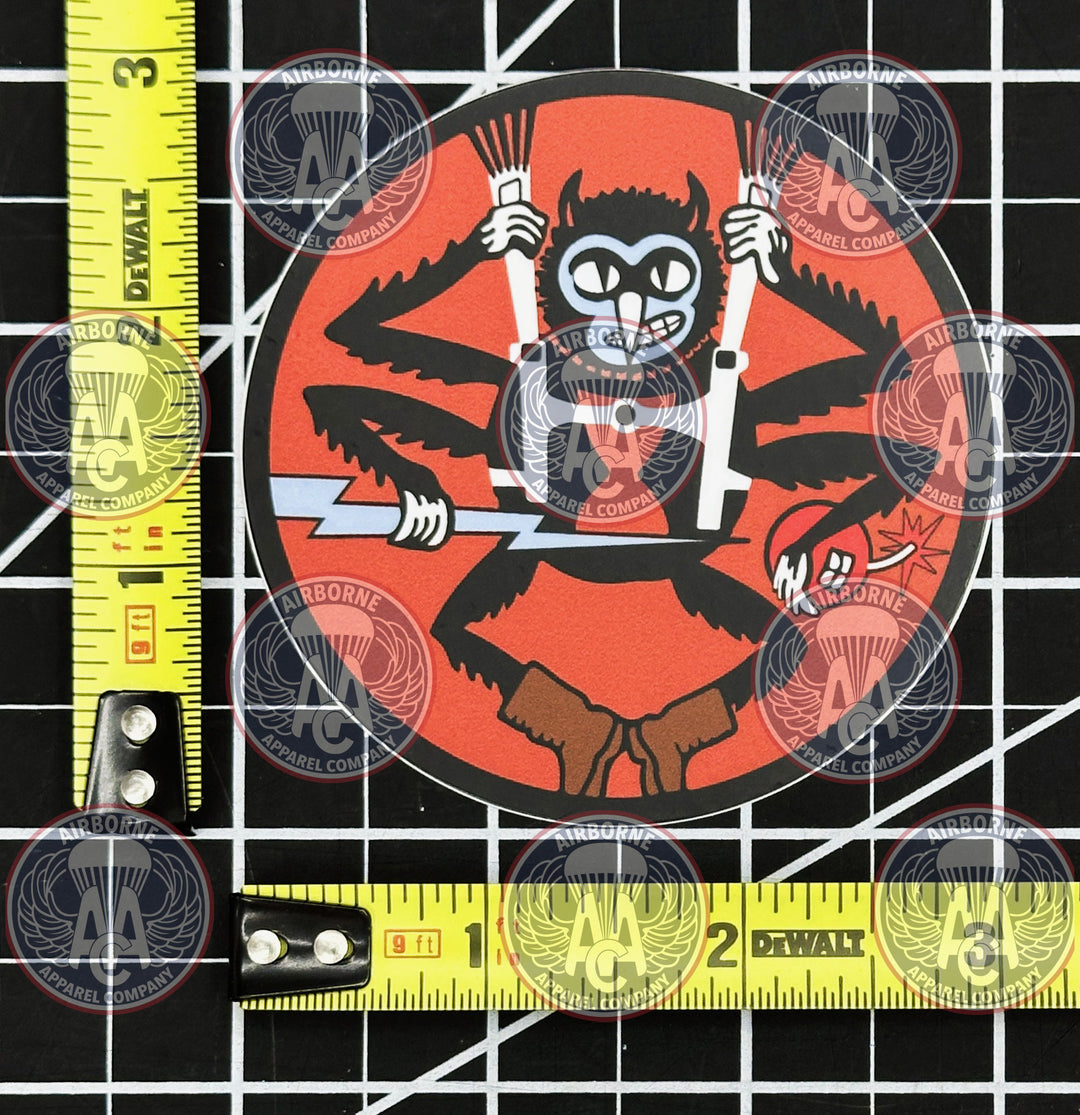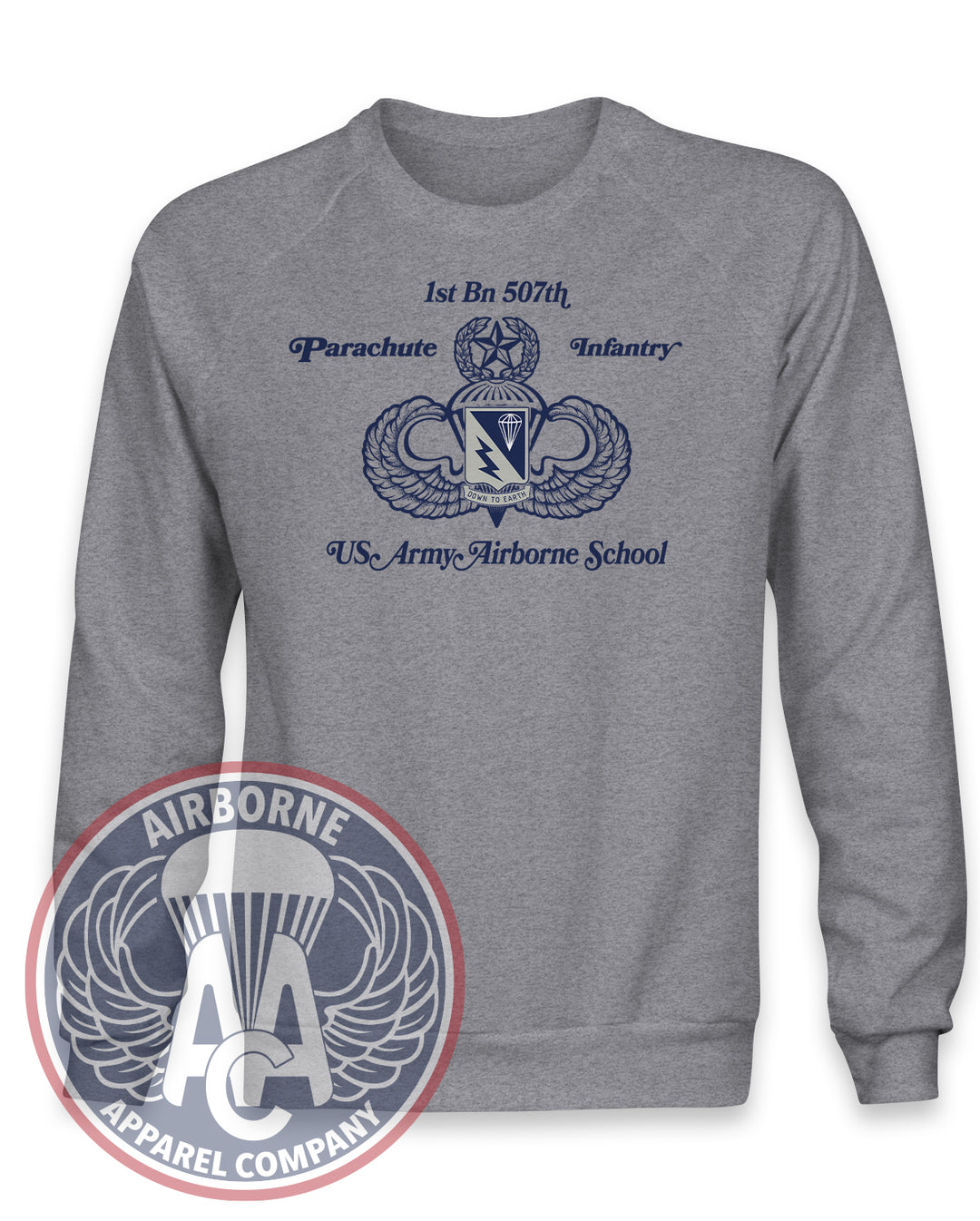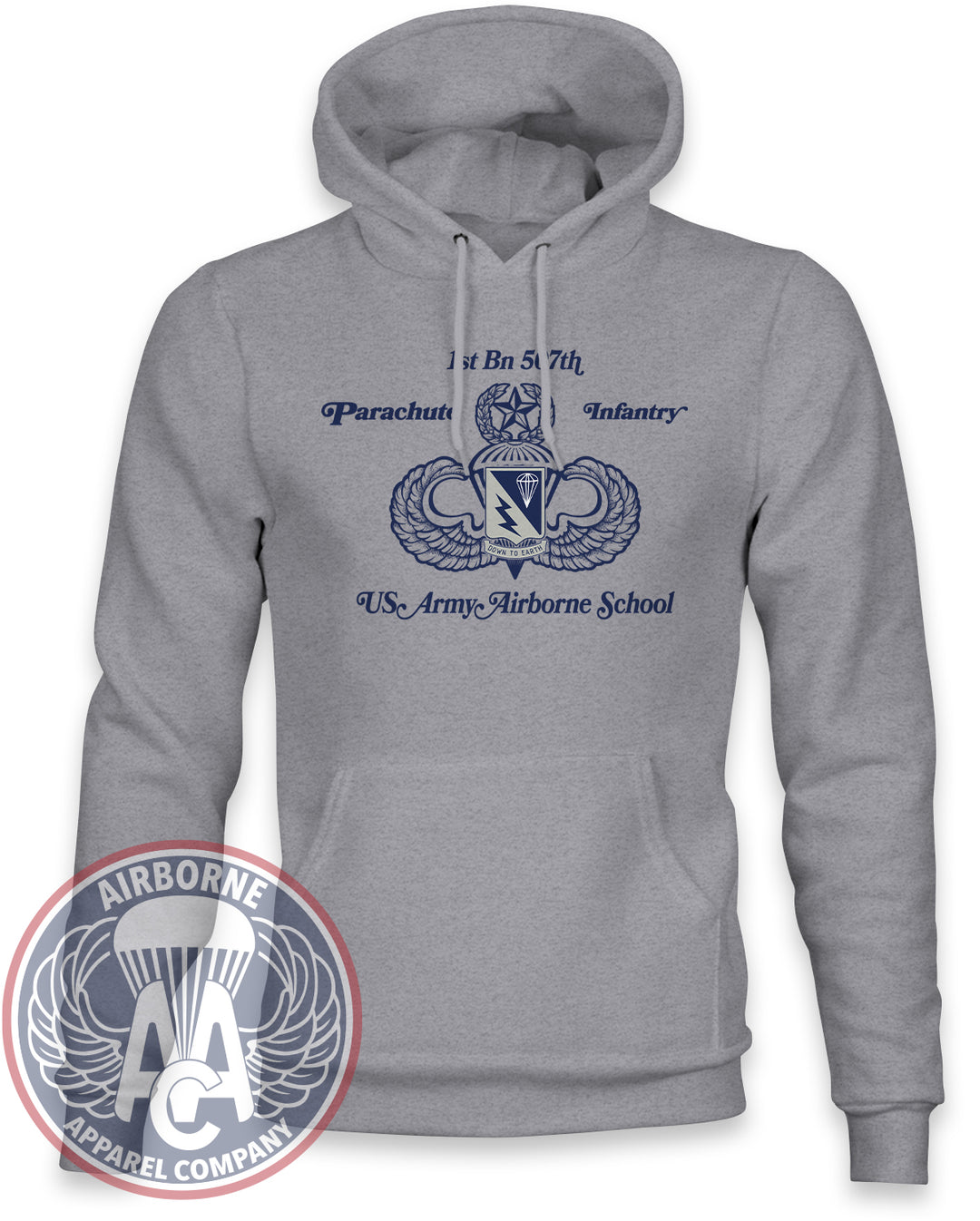The 507th Parachute Infantry Regiment (PIR), historically known as "Raff's Ruffians," is a renowned World War II airborne unit with an enduring, unique function in the modern U.S. Army. Activated in 1942, the 507th first saw intense combat on D-Day, June 6, 1944, as a component of the 82nd Airborne Division in Normandy, fighting fiercely for the crucial Merderet River crossings and contributing to the heroic defense at the Battle of Graignes, earning a Presidential Unit Citation. Later assigned to the 17th Airborne Division, the regiment conducted its second combat jump during Operation Varsity across the Rhine River into Germany in 1945, which resulted in a Medal of Honor. Today, the lineage is maintained by the 1st Battalion, 507th Parachute Infantry Regiment (1-507th PIR), which is an ACTIVE unit under the U.S. Army Infantry School’s Airborne and Ranger Training Brigade at Fort Benning, GA, serving the vital mission of running the Basic Airborne School, Jumpmaster School, and Pathfinder School for all military services.
The 507th Parachute Infantry Regiment (PIR) was constituted on June 24, 1942, and activated on July 20, 1942, at Fort Benning, GA, to augment the U.S. Army's rapidly expanding airborne forces. After initial training, the regiment was attached to the veteran 82nd Airborne Division in late 1943 in the United Kingdom, temporarily replacing the bloodied 504th PIR in preparation for the invasion of Europe.
World War II: Normandy, Graignes, and Operation Varsity
The 507th participated in three major combat operations during the war, gaining a reputation for tenacity despite being frequently scattered behind enemy lines:
-
D-Day (Normandy): The regiment's first combat jump occurred in the predawn hours of June 6, 1944, as part of the Operation Overlord/Neptune airborne assault. Due to heavy German anti-aircraft fire and dense cloud cover, the regiment was widely scattered, with many paratroopers landing in the flooded Merderet River marshes, leading to severe casualties. Despite the chaos, small, highly motivated groups of the 507th fought isolated, decisive battles. Most notably, elements of the 3rd Battalion became isolated in the village of Graignes, where they fought a desperate, days-long defensive battle against superior German forces, often cited as a heroic last stand that drew enemy attention away from the beachhead. The unit was later recognized with a Presidential Unit Citation for its actions in the Cotentin Peninsula.
-
Command Change: Following the capture of the original regimental commander a few days after the drop, Colonel Edson Raff, a veteran airborne commander known for his exploits with the 509th PIR, took command. Under his aggressive leadership, the regiment became known as "Raff's Ruffians."
-
Transfer and Bulge: In August 1944, having sustained heavy casualties, the 507th PIR was permanently assigned to the newly formed 17th Airborne Division. As part of the 17th Airborne, the regiment missed Operation Market Garden but was rushed into action in the Ardennes region of Belgium and Luxembourg in December 1944 to join the counter-offensive during the Battle of the Bulge, fighting as traditional infantry in the bitter cold.
-
Operation Varsity: On March 24, 1945, the 507th made its second and final combat jump, leading the 17th Airborne Division's assault across the Rhine River into Germany. This daylight jump, part of the largest single-day airborne operation of the war, was highly successful, allowing the 507th to quickly seize its objectives. It was during this operation that Private George J. Peters earned the Medal of Honor for single-handedly destroying a German machine gun nest. The regiment continued to spearhead the advance deep into Germany until the war's end. The 507th PIR was inactivated in September 1945.
Modern Status: The U.S. Army Airborne Schoolhouse (Active)
After being briefly reactivated and inactivated in the post-war years, the regiment's lineage was permanently repurposed. On October 23, 1985, the 507th Infantry was reorganized and designated under the U.S. Army Regimental System and assigned to the U.S. Army Training and Doctrine Command.
Today, the 507th Parachute Infantry Regiment serves a critical, non-deployable, training-focused role:
-
1st Battalion, 507th Parachute Infantry Regiment (1-507th PIR): This battalion is ACTIVE and is the sole element maintaining the 507th lineage. It is stationed at Fort Benning, GA, and falls under the Airborne and Ranger Training Brigade (ARTB) of the U.S. Army Infantry School.
-
Mission: The 1-507th PIR is responsible for running the U.S. Army Airborne School, training thousands of soldiers, sailors, airmen, and marines annually to become paratroopers—including instructing the Basic Airborne Course, the Jumpmaster Course, and the Pathfinder Course. Through this critical function, the 507th PIR is responsible for minting every new generation of paratroopers and ensuring the continuance of the nation’s airborne capability.
Airborne Apparel Company is proud to offer reproductions and unique designs that celebrate the 507th Parachute Infantry Regiment legacy.














